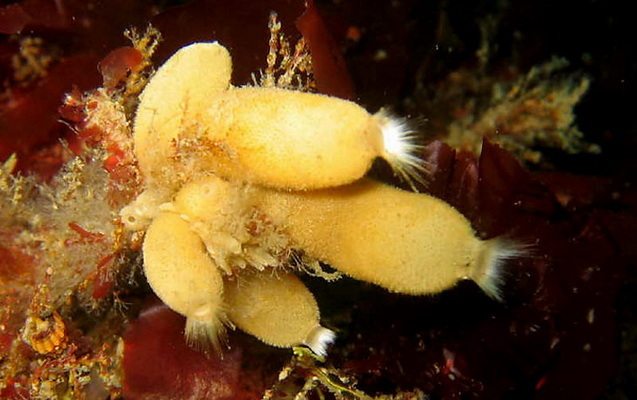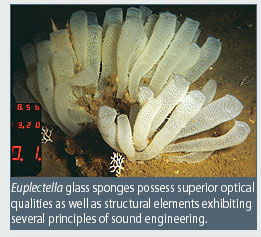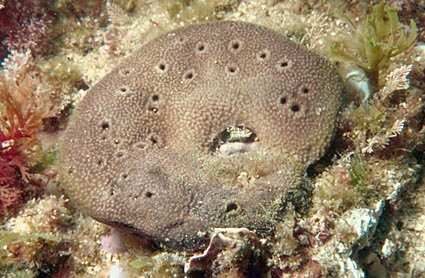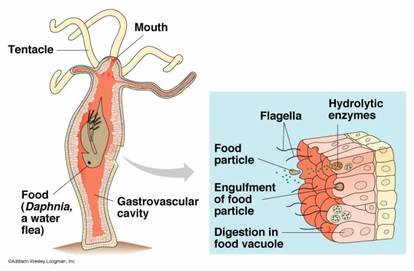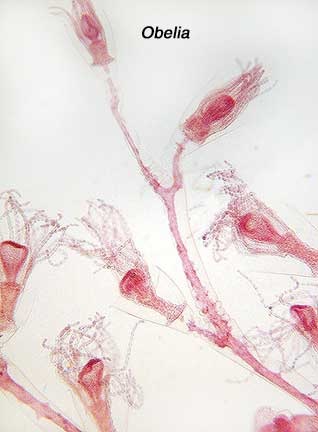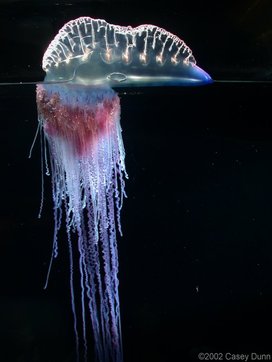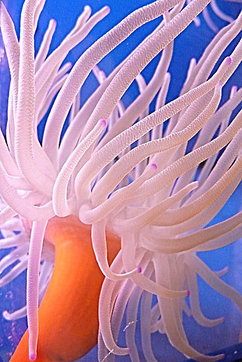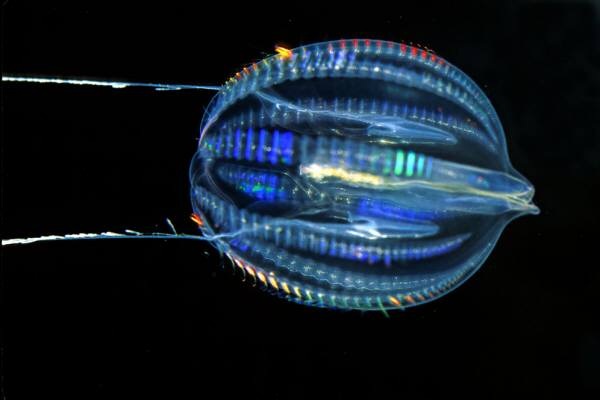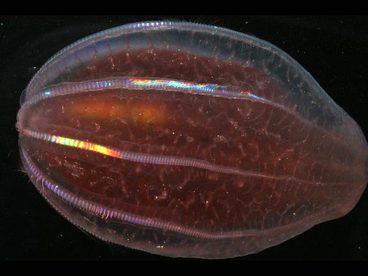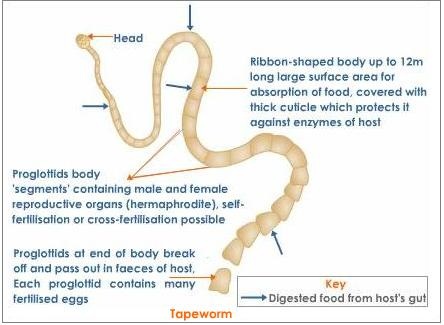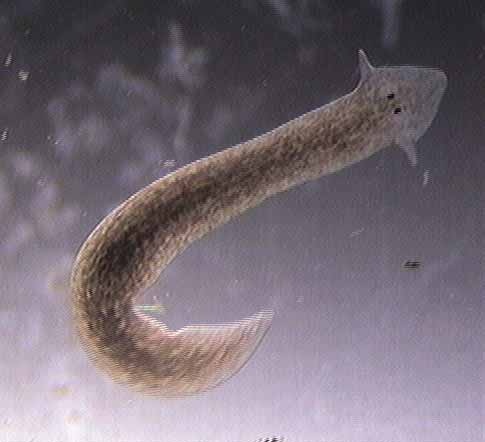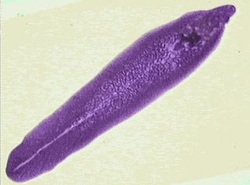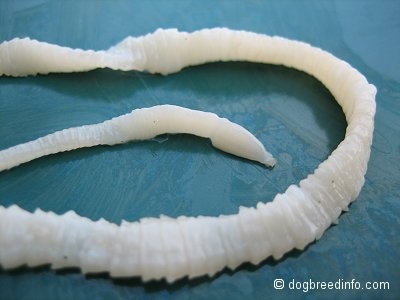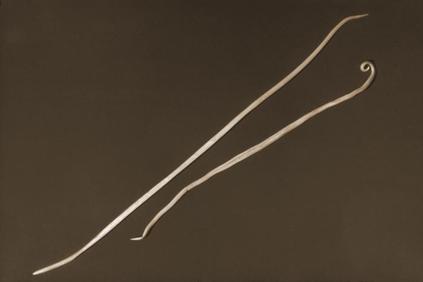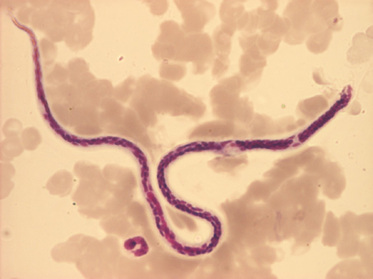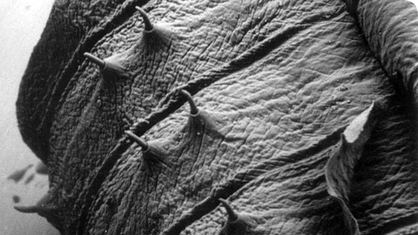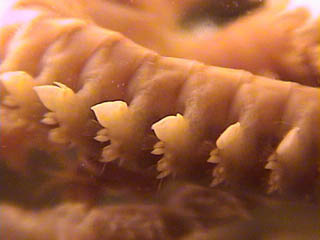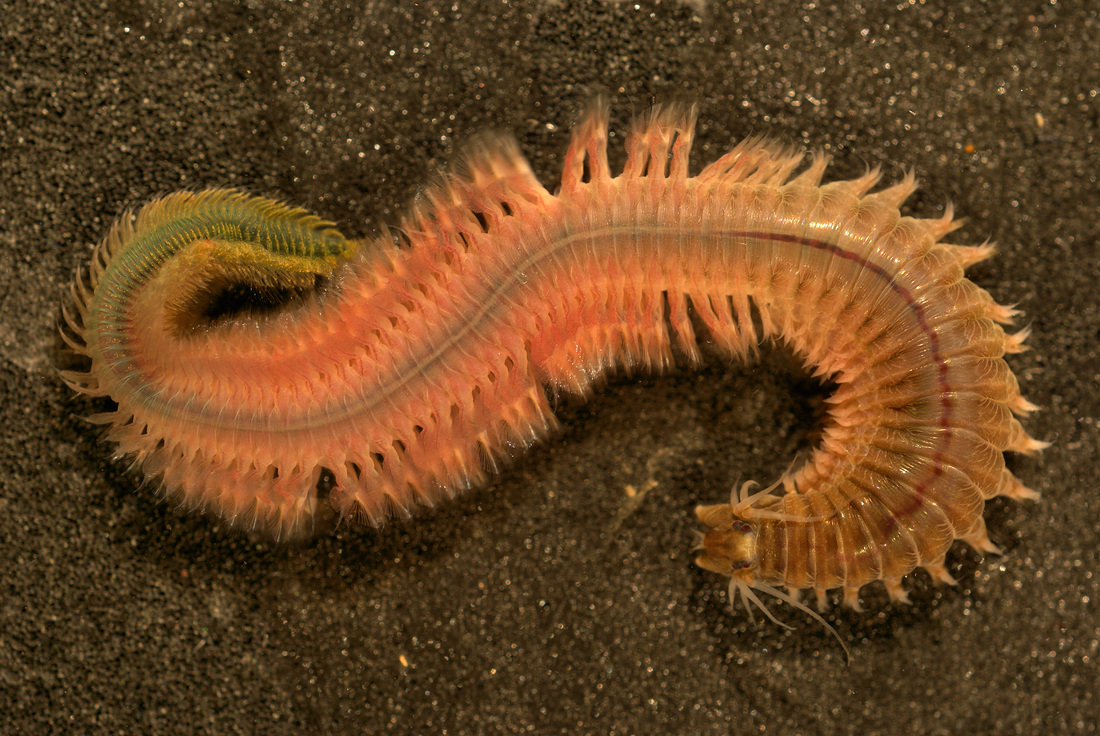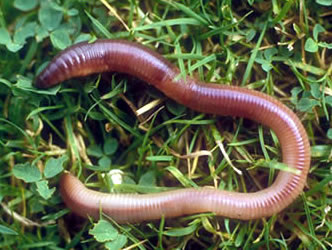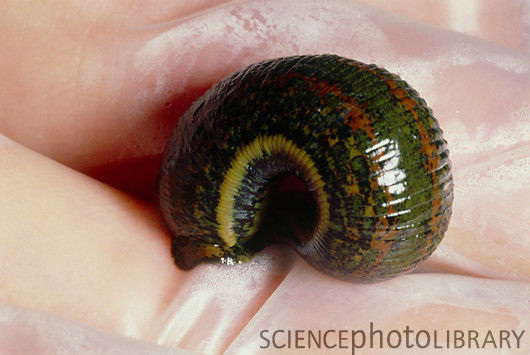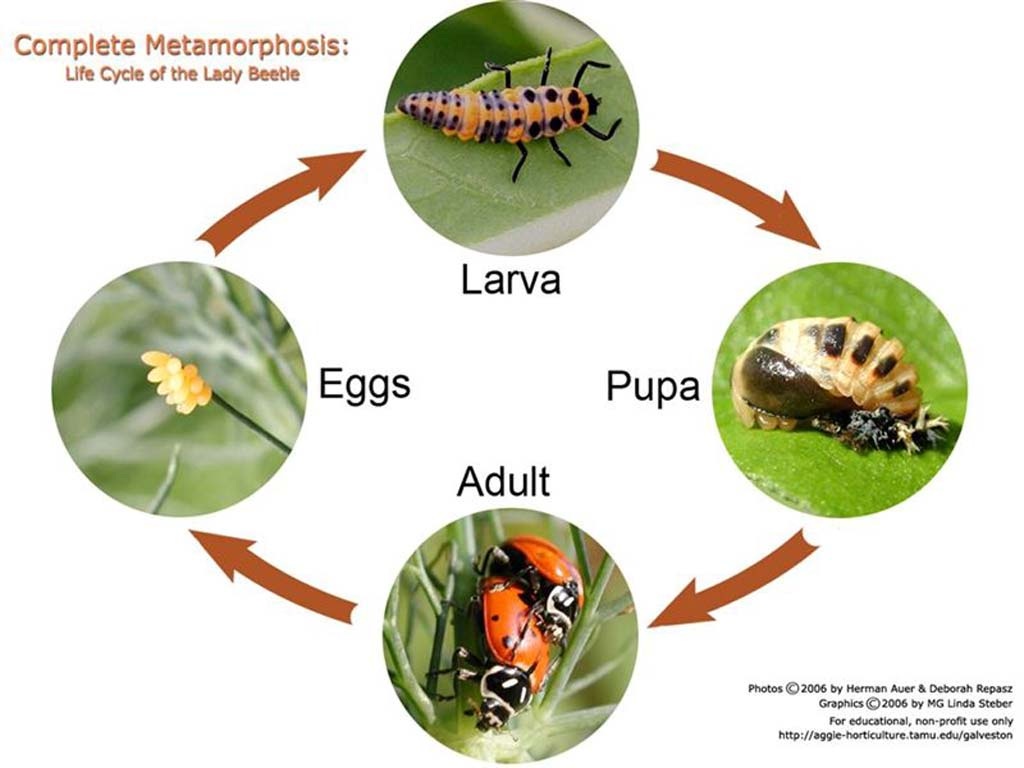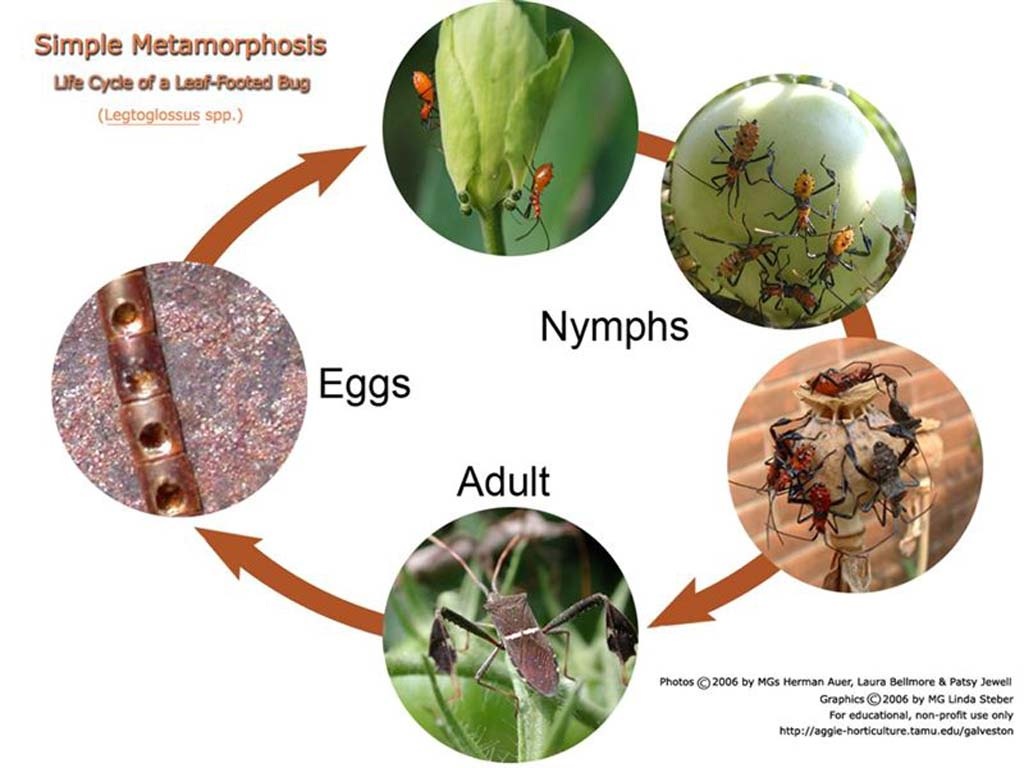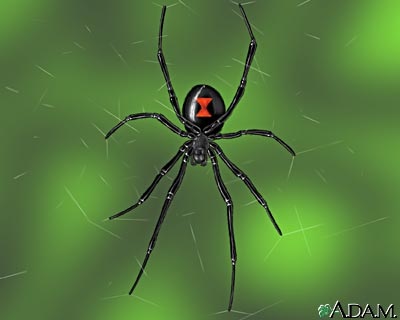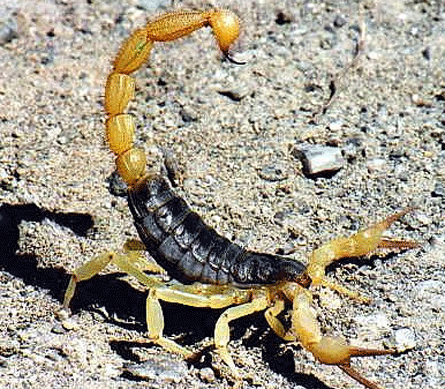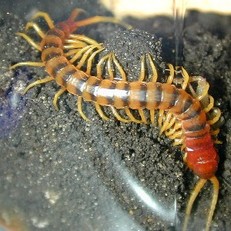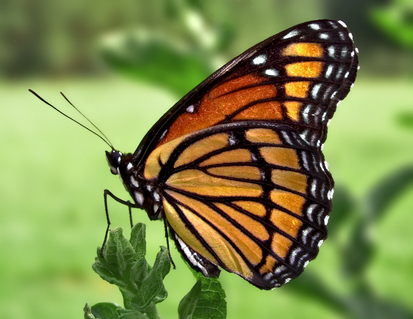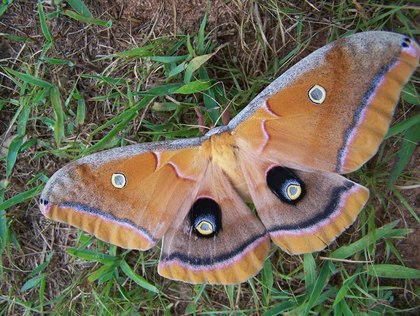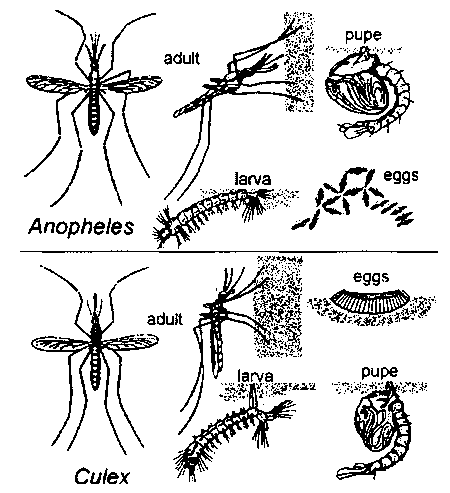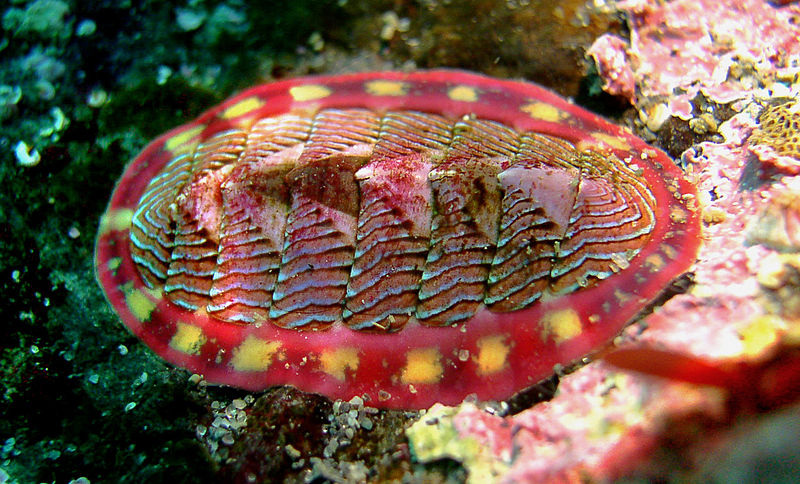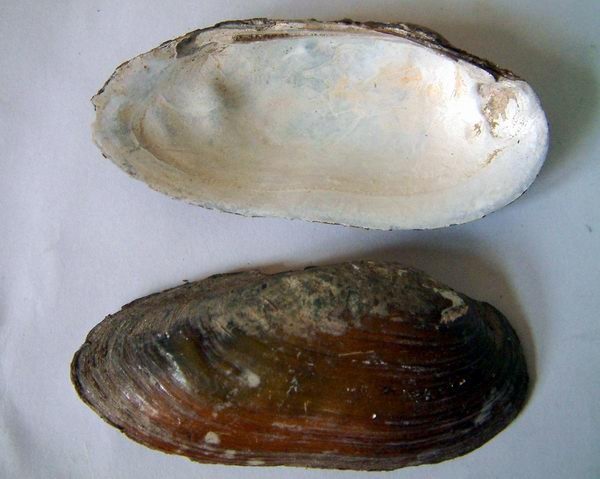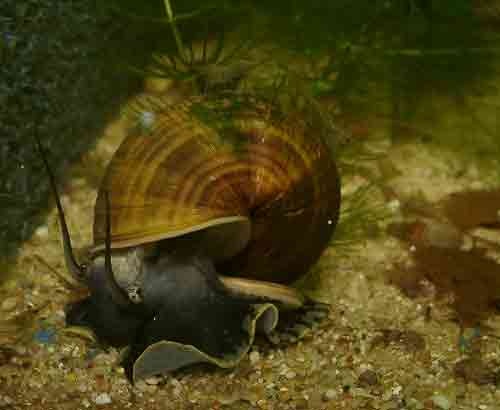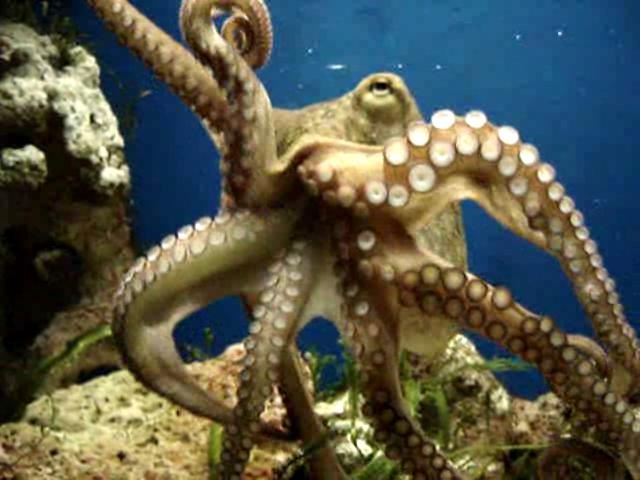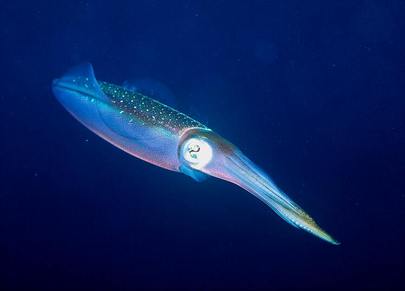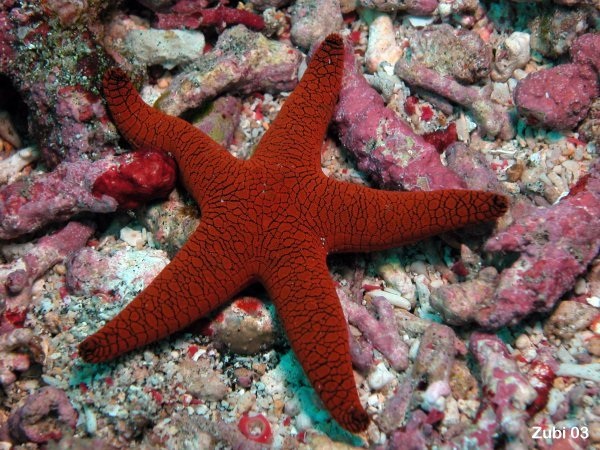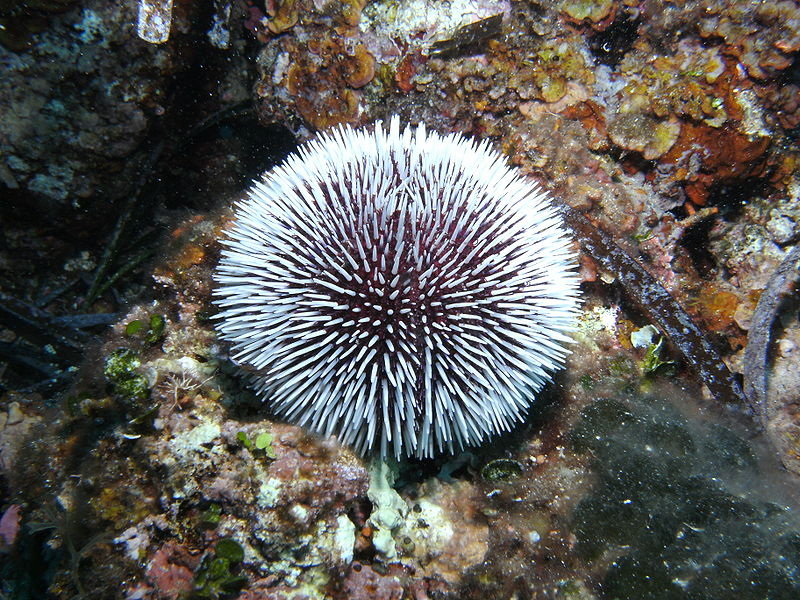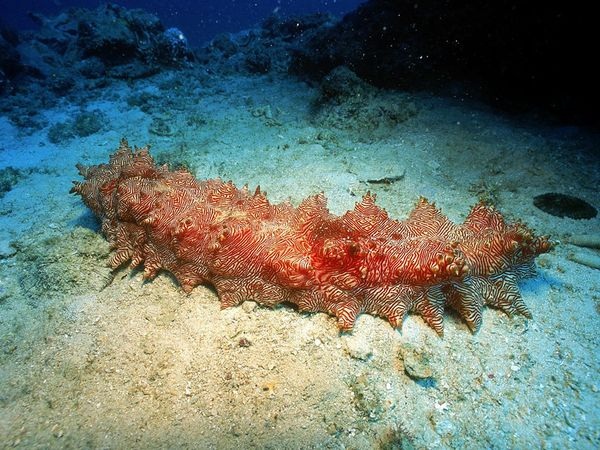ISC 11>CONTENT>1 DIVERSITY OF LIFE>6.ANIMAL KINGDOM
SCOPE OF SYLLABUS
Animal Kingdom:
animal construction - body plan, symmetry, coelom development, segmentation;
Distinguishing characters of Porifera, Coelenterata, Platyhelminthes, Nematoda, Annelida, Mollusca, Arthropoda, Echinodermata.
chordata
animal construction - body plan, symmetry, coelom development, segmentation;
Distinguishing characters of Porifera, Coelenterata, Platyhelminthes, Nematoda, Annelida, Mollusca, Arthropoda, Echinodermata.
chordata
KINGDOM ANIMALIA
Kingdom animalia is divided into two sub kingdoms-
Parazoa (cellular level) and Eumetazoa (tissue level)
Subkingdom Parazoa includes the Phylum Porifera.
Subkingdom Eumetazoa includes all the Phyla from coelenterates to chordates.
Parazoa (cellular level) and Eumetazoa (tissue level)
Subkingdom Parazoa includes the Phylum Porifera.
Subkingdom Eumetazoa includes all the Phyla from coelenterates to chordates.
Your browser does not support viewing this document. Click here to download the document.
Phylum Porifera
|
Features of porifera:
1. Sessile, sedentary and marine. 2. Body is perforated by numerous pores, called Ostia. 3. One large opening called osculum. 4. Shows cellular level of organisation. 5. Shows presence of canal system. 6. No mouth, no anus. 7. Has choanocytes in the radial canals. 8. Inner part is hollow or permeated by canals, cavity is called spongocoel. 9. Body has skeleton made up of spongin or spicules. 10. Reproduction is by budding and fragmentation. Eg. Leucosolenia, Euplectella, Euspongia. |
|
EXAMPLES OF PORIFERA
Phylum Coelenterata or Cnidaria
|
Features of Cnidaria 1. Aquatic, mostly marine with few fresh water forms.2. Sedentary or free swimming and colonial or solitary. 3. Individuals are radially or biradially symmetrical. 4. Gastrovascular cavity present, communicates outside by mouth. No anus present. 5. Tentacles present surrounding the mouth to capture food. 6. Diploblastic animals, showing polymorphism. 7. Presence of nervous system showing nerve cells. 8. Reproduction both sexual and asexual methods. 9. Life history shows alternation of generation (Metagenesis). Eg. Physalia, Aurelia (jelly fish),Adamsia (sea anemone). |
METAGENESIS
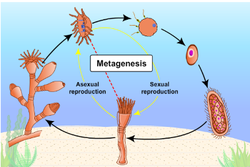
Metagenesis is the type of life cycle in which there are two different forms of individuals of the same species, one haploid and the other diploid. In one of these stages gametogenesis occurs and fecundated gametes give birth to the zygote that then develops into the other form. (Obelia)
Metagenesis is also known as alternation of generations or as diplobiont life cycle.
Metagenesis is also known as alternation of generations or as diplobiont life cycle.
EXAMPLES OF COELENTERATA
|
|
|
Phylum Ctenophora
|
Features of Ctenophora:
1. Acoelomate, triploblastic marine forms. 2. They show biradial symmetry. 3. Body is transparent, gelatinous and unsegmented. 4. Body may be cylindrical, flat or ribbon like. 5. Two tentacles present, locomotion by rows of comb like structures. (also called comb jellies) 6. Gastrovascular cavity opens outside by the stomodaeum. 7. Presence of sense organs at the aboral end. 8. Hermaphrodite animals, reproduce by sexual means. Eg. Pleurobranchia, Beroe |
|
EXAMPLES OF CTENOPHORA
Phylum Platyhelminthes
|
Features of Platyhelminthes:
1.Bilaterally symmetrical and dorsoventrally flattened, triploblastic and acoelomate. 2. Body shape worm like but varies from flat ribbon like to leaf like. 3. Anterior end differentiated to form head which bears hooks and suckers. 4. Skeleton absent. 5. Acoelomate with protonephridia or flame cells for excretion. 6. Hermaphrodite shows both sexual and asexual method of reproduction. 7. Free living or parasites. Eg. Planaria, Liver fluke, Taenia (Tape worm) |
|
ADAPTATIONS FOR PARASITIC LIFE
EXAMPLES OF PLATYHELMINTHES
Phylum Aschelminthes
|
Features of Aschelminthes:
|
|
Phylum Annelida
|
Features of Annelida:
|
|
METAMERIC SEGEMENTATION
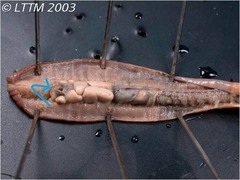
Linear series of body segmentation fundamentally similar in structure. Each metameric segment is referred to as metamere or somite.
Earthworms show heteronomous metamery where the metameres are grouped to perform similar tasks.
Nereis shows homonomous metamery where the metameres are in serial succession.
Earthworms show heteronomous metamery where the metameres are grouped to perform similar tasks.
Nereis shows homonomous metamery where the metameres are in serial succession.
LOCOMOTORY ORGANS IN ANNELIDA
|
Setae or chaetae: These are tiny bristle like structures present on the segments of animals of Oligochaetes (class of Annelid). The setae are present on all the segments except the first and the last. These structures help the earthworm to move.
|
Parapodia: These are fleshy lobes present on each segment in Polychaets (class of Annelid). Parapodia are paired, lateral appendages extending from the body segements. A parapodium is basically biramous or uniramous, having one branch or two branches.
|
EXAMPLES OF ANNELIDA
Phylum Arthropoda
|
Features of Arthropods:
|
|
METAMORPHOSIS
EXAMPLES OF ARTHROPODA
DIFFERENCE BETWEEN BUTTERFLY AND MOTH
|
BUTTERFLY
1. Butterflies are brightly coloured. 2. They are diurnal (Active during day). 3. The wings are arranged vertically at rest. 4. Antennae are long, filamentous and clubbed. 5. Body slender and scaly. |
MOTH
1. Moths are dull coloured. 2. They are nocturnal (active during night). 3. The wings at rest are arranged horizontally. 4. Antennae are short and feathery. 5. Body is broad and stout. |
Find out and list the differences between anopheles and culex mosquitoes
Phylum Mollusca
|
Features of Mollusca:
|
|
EXAMPLES OF MOLLUSCA
|
OCTOPUS
Body globular and without fins.
Head is surrounded by eight equal long and powerful arms. Suckers present are large. Shell is absent. |
SEPIA
Body elongated with pair of lateral fins.
Head is surrounded by ten arms, two long arms and remaining eight short. Suckers are short and stalked. Shell is internal. |
Phylum Echinodermata
|
Features of Echinodermata:
|
|
